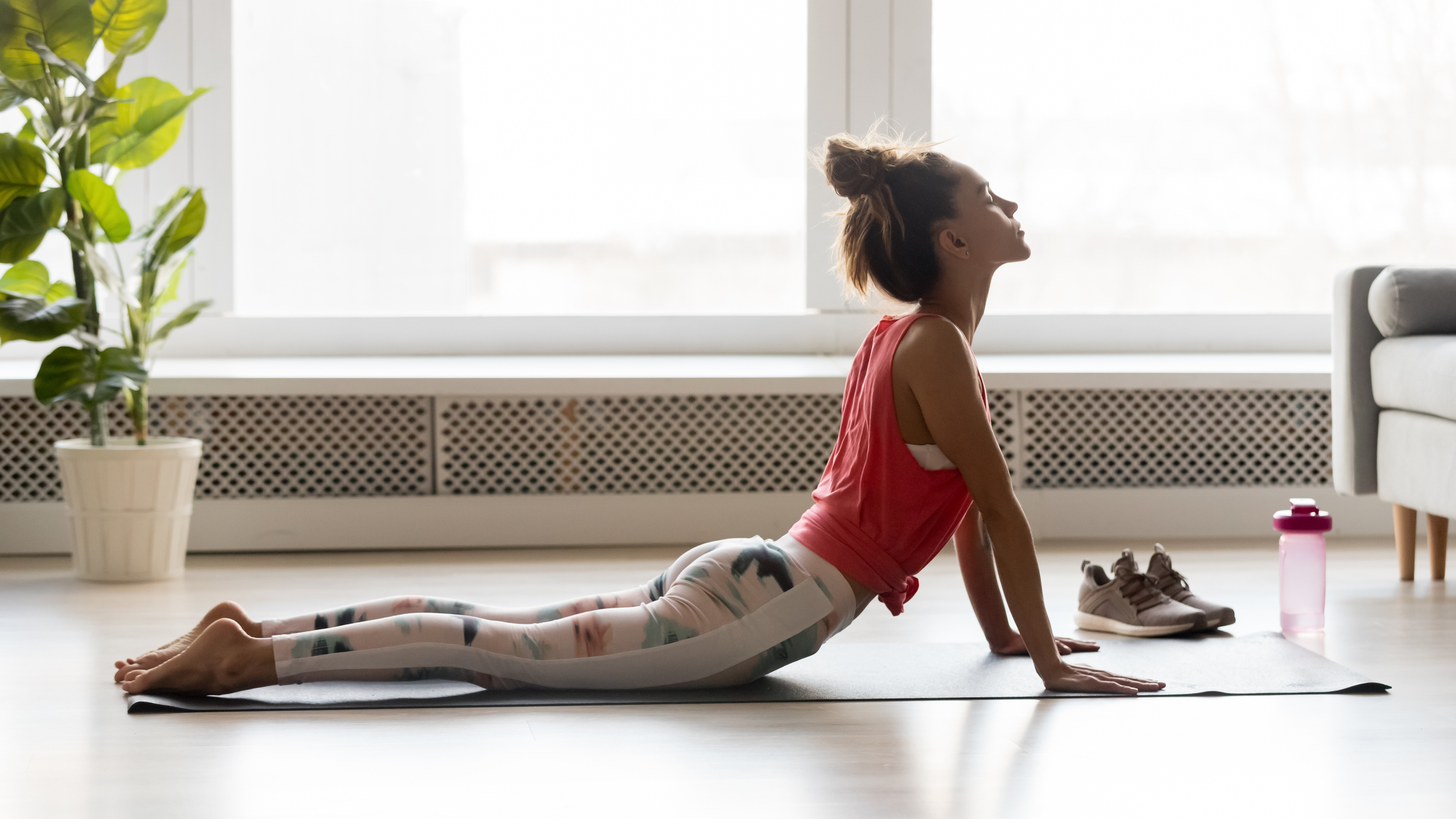How to Find a Yoga Routine That Works for You
Yoga has a rich cultural tradition and is also an amazing mobility and fitness practice. For many, it’s a community hub where they can build relationships, both in the studio and online. If you’re just getting started with yoga, there are so many different styles of yoga and reasons to practice that it can be a bit daunting. Not to worry; we have some great suggestions for how you can find your flow!
A good place to start is by figuring out what benefits you want to target with your yoga routine - even if you have multiple different goals! For example, some practice yoga for mindfulness or spiritual reasons. Others are interested in flexibility, resilience, and even physical recovery - check with your physiotherapist whether yoga might be suitable for you. Others include yoga in a fitness-focused routine, some aim at yoga for weight management, and others at strength-building. Different styles of yoga will also assist different objectives, and you can tap into a variety of types to discover what aligns with your intentions.
Yoga has a long and fascinating history. The ancient roots of yoga were developed thousands of years ago in India as a practice wherein spiritual and mental disciplines were combined with physical postures, and was generationally passed down from teacher to student. The type of yoga popular in the West is under the umbrella term of hatha yoga, which refers to the physical practice of pairing intentional movements called asanas with mindful breathing, and encompasses most of what we see at modern yoga studios.
You may wish to find a local studio which offers a variety of different class types. You can choose only one or two types of classes (or teachers!), or attend a smorgasbord of multiple styles of yoga. What I appreciate about attending classes in person, is that it keeps me honestly fulfilling my commitment to my practice. I’m there for the full 45 to 90 minutes; I’m present in a dedicated space; and I’m able to benefit from the knowledge and experience of the teacher guiding, and when necessary, correcting my form. When I practice at home, I must be mindful of my form, and it can be a little too easy to finish early, turn off the video instructions, or put my practice off entirely. Even if I get started, distractions like a phone call or my cat knocking over a glass can pull me away.

However, practicing from home may be the best way for beginners to feel comfortable.If you’re struggling with self-consciousness, or wanting to learn the movements before attempting an in-person class, it can be handy to try out a few online routines on your own. As COVID-19 is a serious concern in many areas, you might also not be able to, or just might not be comfortable, going to a studio in person - and that’s okay! There are plenty of options for remote yoga practice.
Modo Yoga, a hot yoga chain with franchises in Canada and the U.S, released an online platform during the COVID-19 pandemic, with a huge variety of recorded classes of assorted lengths available for subscribers. Many individual local yoga studios have also rolled out at-home options, so Google what’s offered in your area! A wonderful free option is the YouTube personality Yoga by Adriene, who has a massive collection of yoga routines for different purposes available to stream, and who has a very kind demeanor which is just as soothing as the practice!
Here is an overview of a few of the various types of yoga, so you can find a style suitable for you:
Yin yoga
A gentler style of yoga which is ideal for restoration and restful practice, yin yoga holds a special place in my heart. Yin practice calls for poses that are held longer than a typical flow, generally 1-5 minutes each. Because of the longer-held nature of each posture, the student must be sure to find a position that is sustainable for a relatively lengthy amount of time, often utilizing accessories like blocks or bolsters. Easy poses can become “spicy” and challenging when held for a few minutes at a time! There is a mental element to yin; it’s ideal for practicing breathwork, self-compassion, and gratitude for your body and its capabilities, as well as getting comfortable with discomfort in a safe way. Yin is perfect as a bedtime or morning wake-up when you’re transitioning to or from sleep.
Ashtanga
A much faster-moving and rigorous class, ashtanga yoga generally takes you through a standard set of postures quickly, so unlike yin, you’re not sitting with each movement for a few breaths. Ashtanga is more of a workout: your heart rate will rise, you will sweat, and it can be great for building core strength. It may be a good choice once you’re familiar with the poses. Power yoga is derived from ashtanga, and is generally similar but even more fast-paced, moving through sequences very quickly.
Vinyasa
Also sometimes called flow yoga, vinyasa yoga moves through postures fluidly, emphasizing the movement of breath from one pose to the next. Constant movement is an integral aspect of vinyasa yoga, and sometimes classes are set to music to amplify the flowing rhythm! A little less structured than Ashtanga, vinyasa classes are great if you want to break up a stale routine.
Hot yoga
More of an environmental qualifier than a specific style, hot yoga refers to yoga performed in heated studios. Any style of yoga can be performed under these conditions; the heated room additionally warms your body, supporting flexibility as you move through poses. However, be prepared to get sweaty, and be sure to bring a towel and water bottle!


Leave a comment